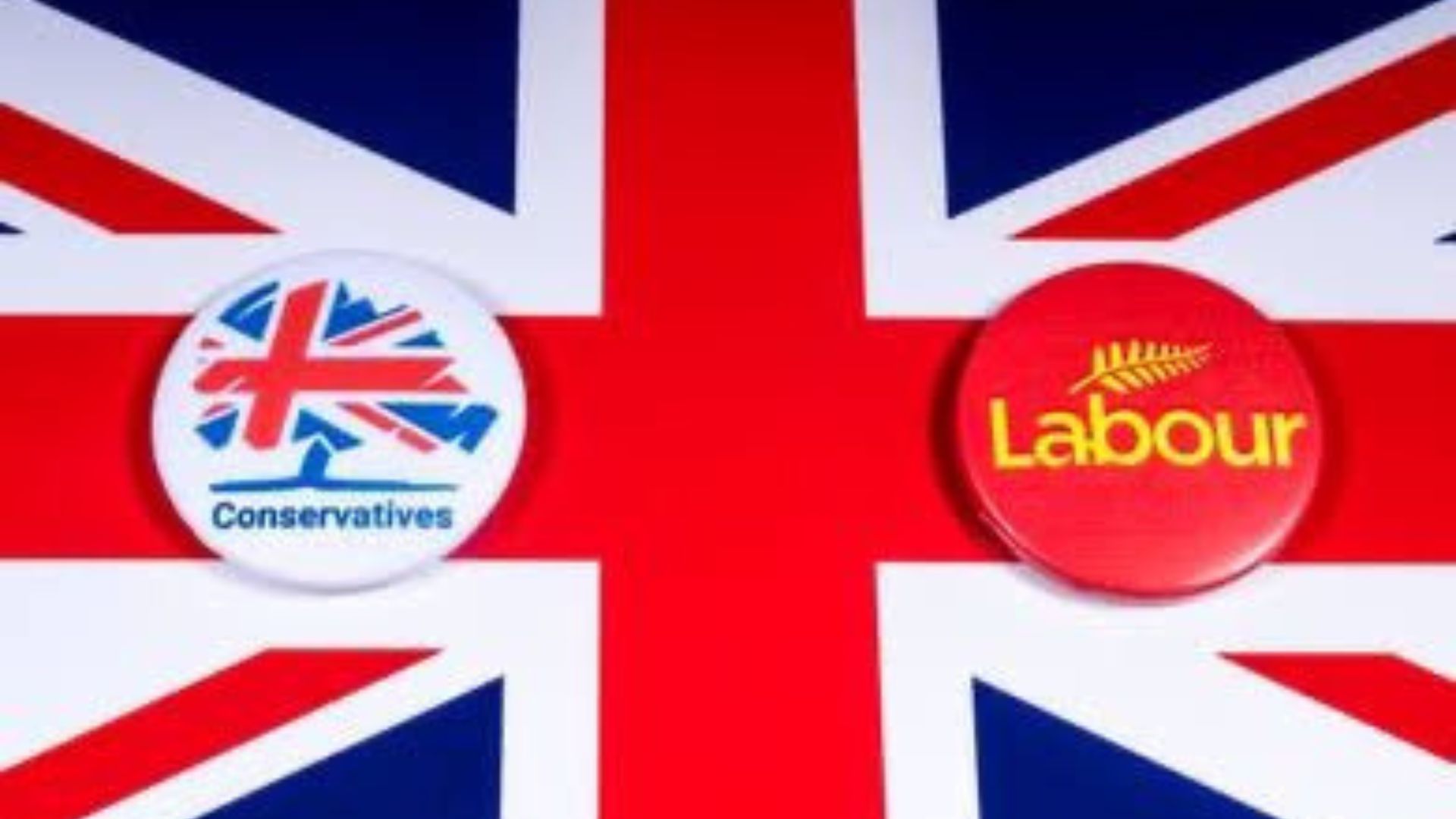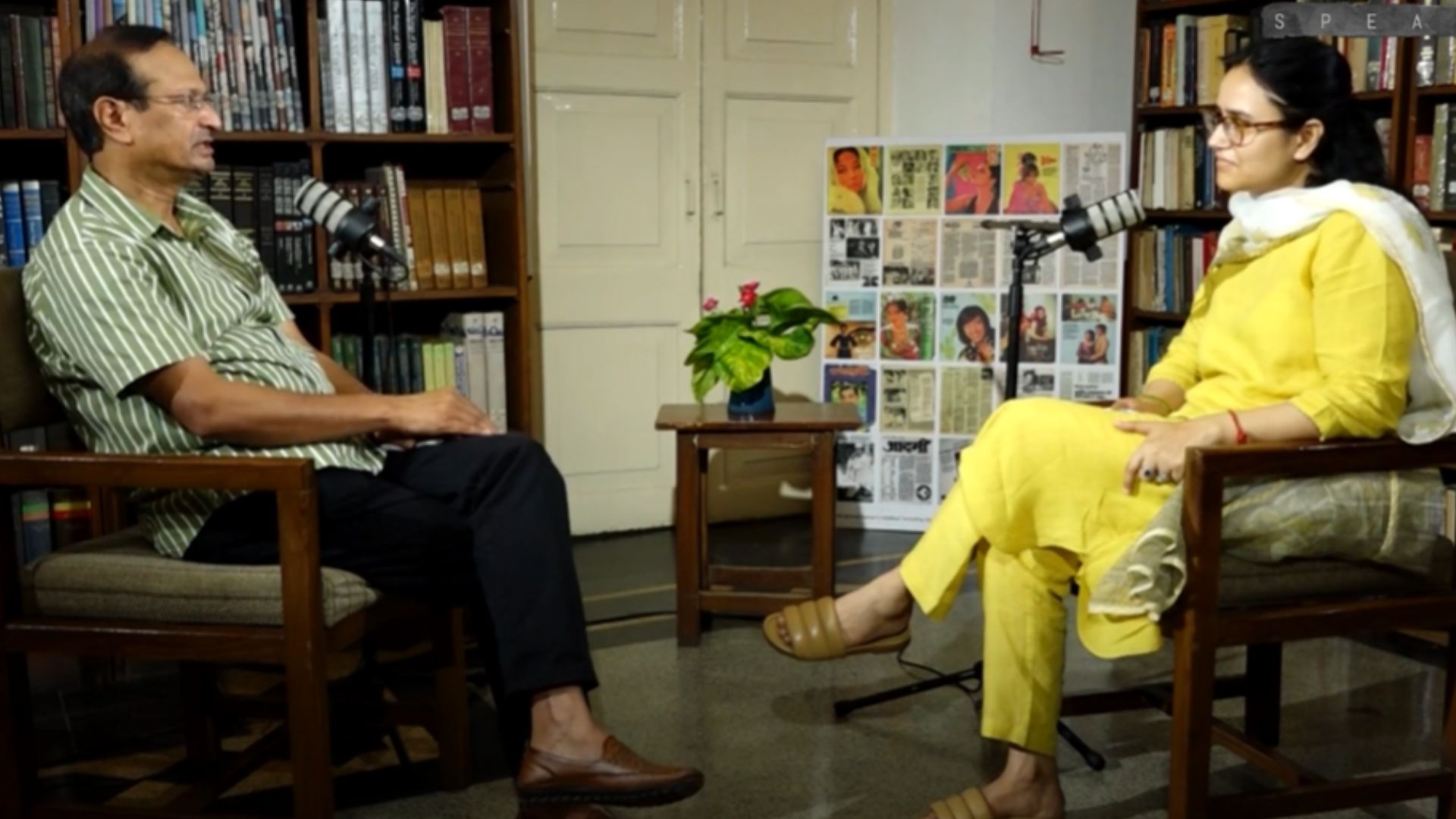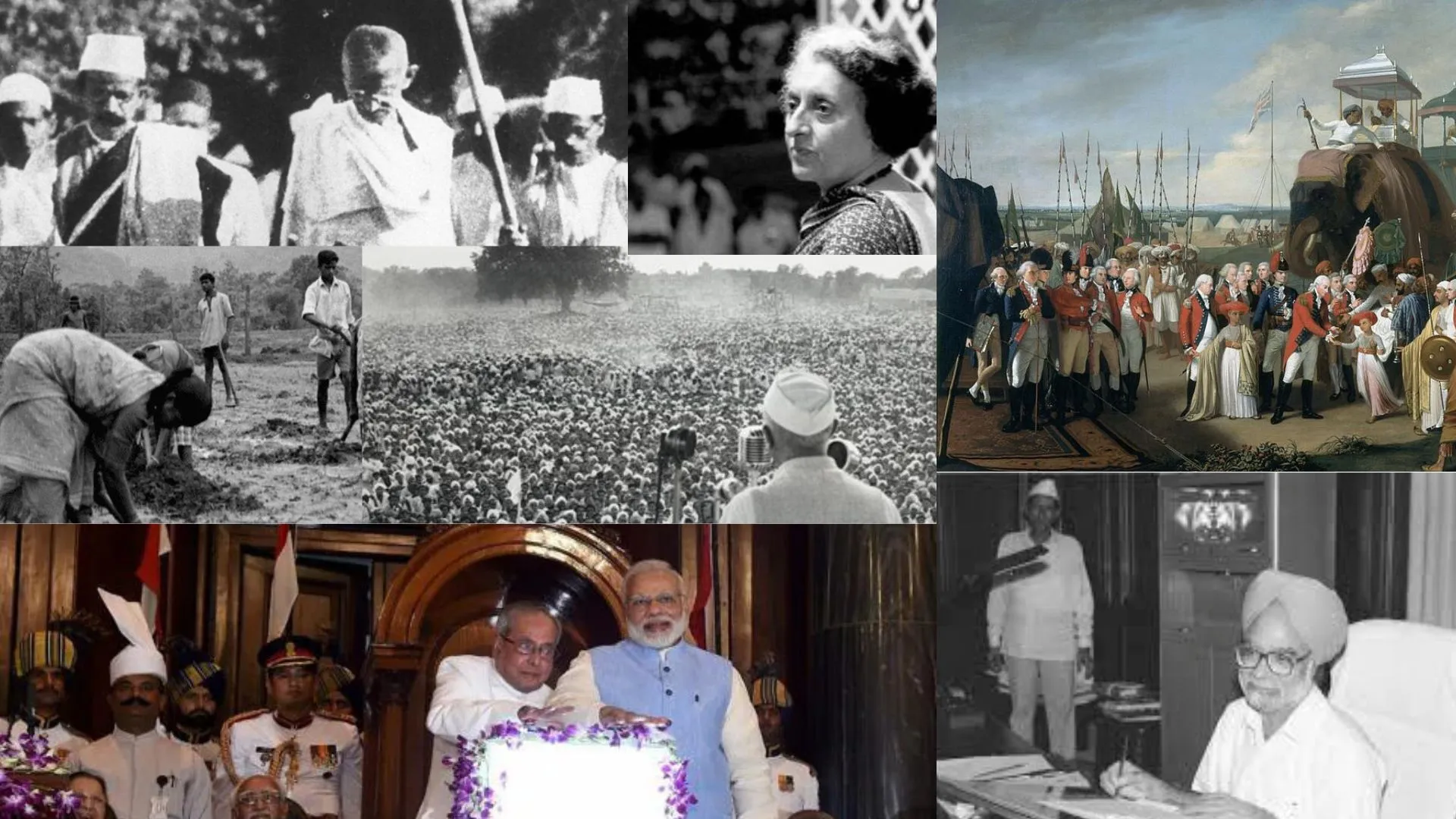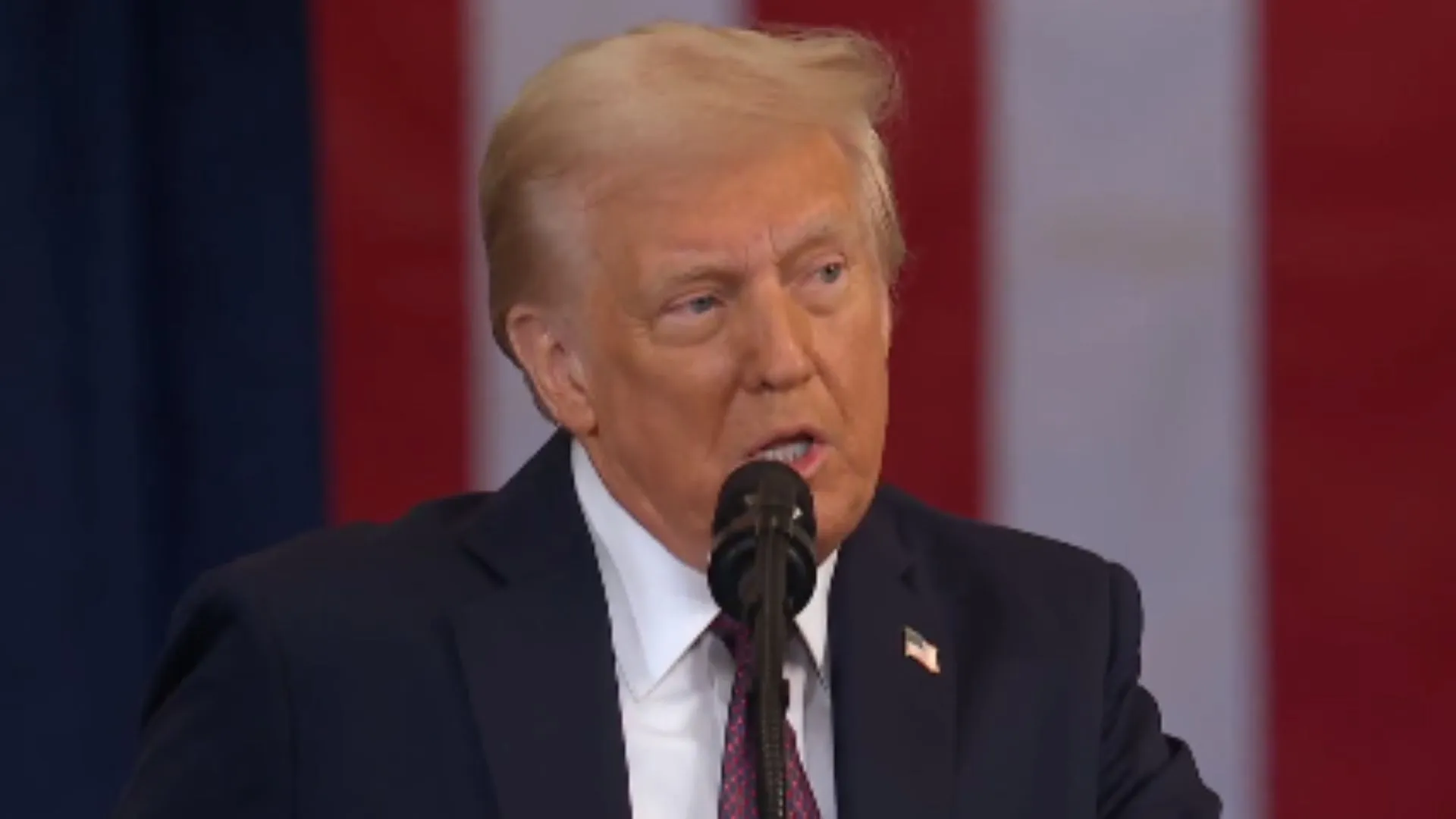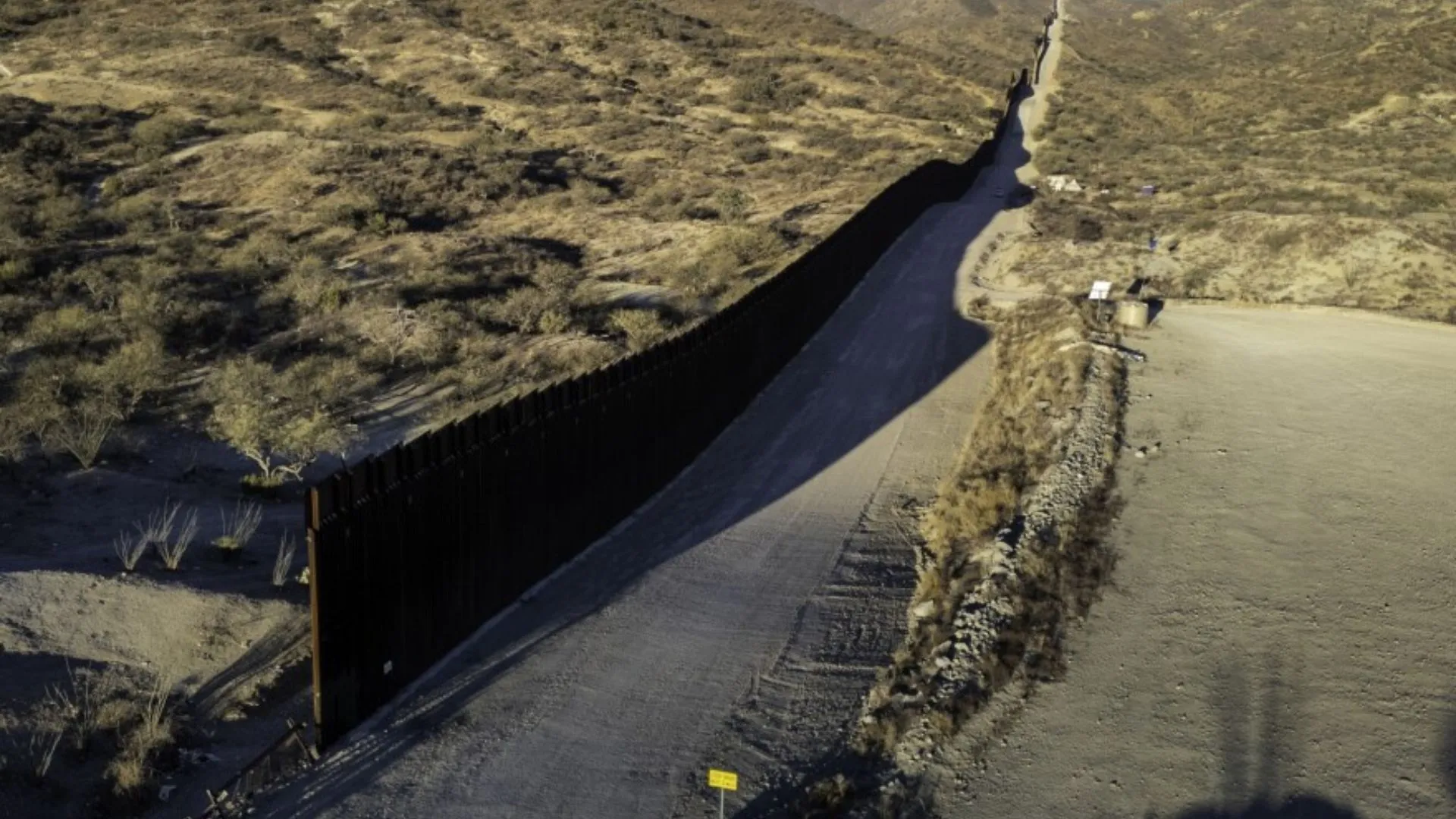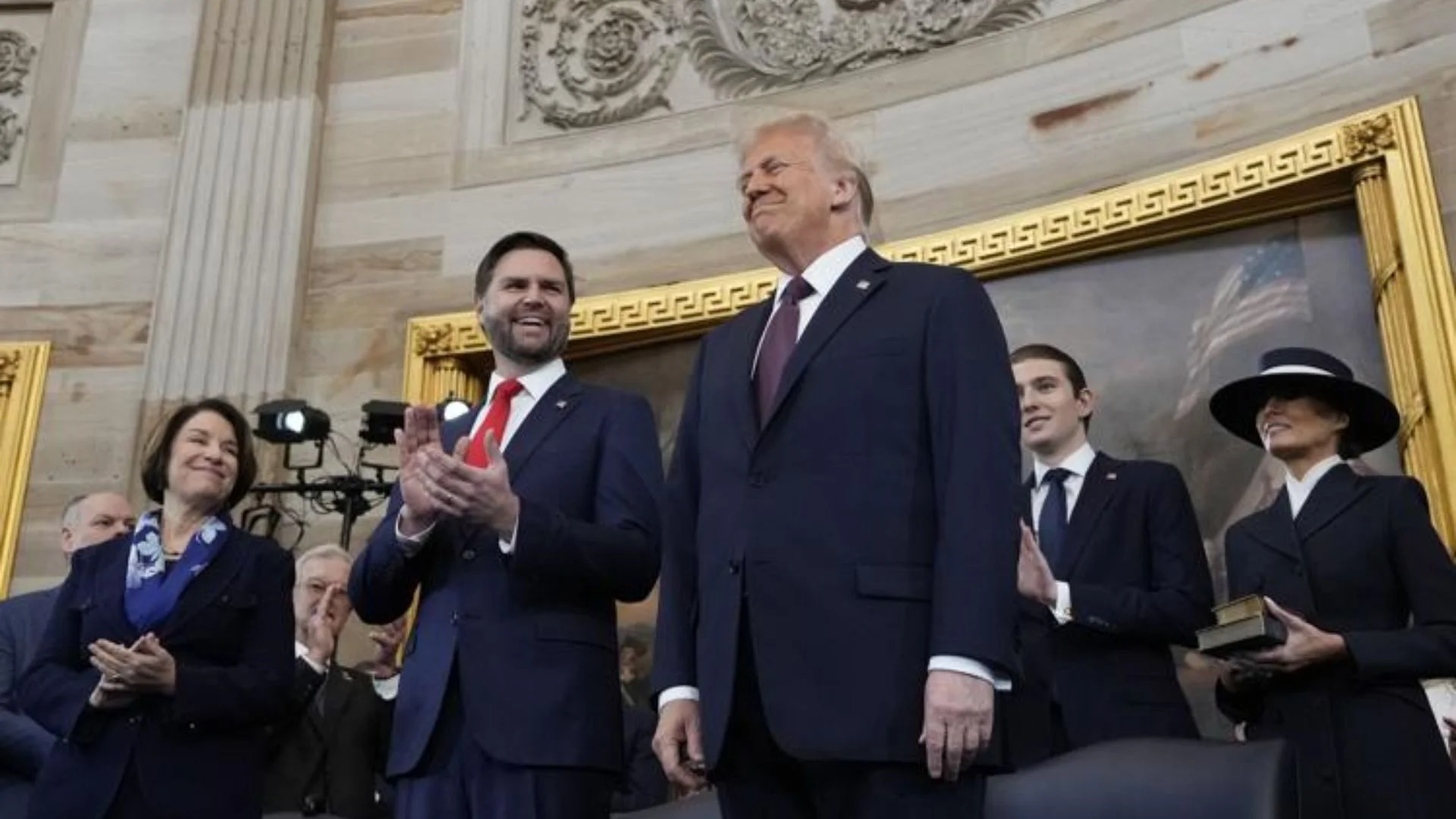Their competition has defined the political landscape of the UK for over a century. Both parties have evolved significantly over time, responding to changing social, economic, and political contexts while maintaining core principles that differentiate them from each other.
Conservative Party (Tory Party)
Origins and Formation
Early 18th Century: The Conservative Party traces its roots to the early 18th century, evolving from the Tory Party. The Tories were a political faction in the Kingdom of Great Britain that supported the monarchy and the Church of England.
1834: The modern Conservative Party was formally founded by Sir Robert Peel, who issued the Tamworth Manifesto, advocating for conservative principles and pragmatic reforms.
Key Historical Developments
19th Century:
Benjamin Disraeli: Prominent leader who expanded the party’s appeal by promoting social reforms and imperialism. His tenure marked the era of “One Nation Conservatism.”
Corn Laws Repeal: Peel’s repeal of the Corn Laws split the party, but it eventually regrouped under Disraeli’s leadership.
20th Century:
Post-WWII: The party alternated in power with Labour. Winston Churchill led the country during WWII and again as Prime Minister in the early post-war years. –
Margaret Thatcher: Prime Minister from 1979 to 1990, her tenure marked a significant shift towards free-market policies, privatization, and deregulation, known as “Thatcherism.”John
Major: Succeeded Thatcher in 1990, leading through the early 1990s with a more moderate approach until Labour’s landslide victory in 1997.
21st Century:
David Cameron: Became leader in 2005, modernizing the party and leading a coalition government with the Liberal Democrats from 2010 to 2015. His tenure ended with the 2016 Brexit referendum.
Theresa May: Succeeded Cameron, struggled with Brexit negotiations, leading to her resignation in 2019.
Boris Johnson: Won a significant majority in 2019, promising to “Get Brexit Done.” His leadership saw the UK exit the EU and face the COVID-19 pandemic.
Rishi Sunak: Took over in 2022, focusing on economic stability and navigating the post-pandemic recovery and ongoing Brexit implications.
Labour Party
Origins and
Formation
1900: The Labour Party was founded as the Labour Representation Committee (LRC) by trade unions and socialist groups, including the Independent Labour Party (ILP), to represent the working class in Parliament.
1906: The LRC was renamed the Labour Party, winning 29 seats in that year’s general election.
Key Historical Developments
Early 20th Century:
Ramsay MacDonald: Became the first Labour Prime Minister in 1924 and again from 1929 to 1931, though his second government struggled with the Great Depression.
Post-WWII:
Clement Attlee:Led the transformative government from 1945 to 1951, establishing the NHS, nationalizing key industries, and creating the welfare state.
1960s-1970s:
Harold Wilson: Served as Prime Minister in the 1960s and 1970s, focusing on social reforms, education, and modernization.
James Callaghan: Led during the late 1970s, his government faced economic turmoil and industrial strife, culminating in the “Winter of Discontent.”
1980s-1990s: Neil Kinnock: Modernized the party in the 1980s, moving it away from far-left policies.
Tony Blair: Became leader in 1994, rebranding the party as “New Labour.” His government (1997-2007) focused on centrist policies, economic growth, and public service reforms.
21st Century:
Gordon Brown: Succeeded Blair, serving as Prime Minister from 2007 to 2010, dealing with the global financial crisis.
Ed Miliband: Led from 2010 to 2015, emphasizing a return to more traditional Labour values.
Jeremy Corbyn: Leader from 2015 to 2020, represented a shift to the left, advocating for anti-austerity, public ownership, and social justice. His tenure saw significant party polarization.
Keir Starmer: Elected leader in 2020, aims to rebuild the party’s electoral appeal and move towards a more centrist platform.
Key Differences and Historical Rivalry
Ideological Divide: The Conservative Party traditionally supports free-market capitalism, limited government intervention, and traditional social values, while the Labour Party advocates for social democracy, extensive public services, and workers’ rights.
Historical Context: Their rivalry has been shaped by key events such as the post-war consensus, Thatcherism, New Labour reforms, and Brexit. –
Electoral Battles: The two parties have alternated in power, with each influencing significant changes in British society and governance. Their competition has defined the political landscape of the UK for over a century. Both parties have evolved significantly over time, responding to changing social, economic, and political contexts while maintaining core principles that differentiate them from each other.
Competition
The Conservative Party (Tory) and the Labour Party are the two major political parties in the United Kingdom, and their competition is a central feature of British politics. Here’s how they typically compete with each other:
Policy Differences
Economic Policy:
Conservative Party: Generally advocates for free-market policies, lower taxes, and reduced government spending. They emphasize austerity measures, deregulation, and private sector-led growth.
Labour Party: Favours higher public spending, progressive taxation, and a more significant role for the state in the economy. They advocate for public ownership of key industries and services, increased welfare spending, and policies aimed at reducing income inequality.
Social Policy:
Conservative Party: Tends to adopt more traditional stances on social issues, emphasizing law and order, national security, and conservative family values.
Labour Party: Typically promotes progressive social policies, focusing on social justice, equality, and human rights. They support multiculturalism, gender equality, and environmental sustainability.
Health and Education
Conservative Party: Supports reforms that increase competition and efficiency in the National Health Service (NHS) and education, often advocating for greater private sector involvement.
Labour Party: Strongly defends the public provision of healthcare and education, opposing privatization and cuts. They aim to increase funding for the NHS and public schools.
Brexit Conservative Party: Has taken a pro-Brexit stance, aiming to deliver on the referendum result by negotiating trade deals and emphasizing sovereignty. –
Labour Party: Has been more divided on Brexit but generally supports a softer Brexit or closer ties with the EU, advocating for workers’ rights and environmental standards.
Campaign Strategies
Grassroots Campaigning: The Labour Party often relies on grassroots campaigning and mobilizing its base, including trade unions and community groups. They emphasize door-to-door canvassing and local engagement. The Conservative Party also engages in grassroots activities but often focuses more on targeted messaging and leveraging data analytics to reach swing voters.
Leadership: Leadership plays a critical role in elections, with party leaders becoming the public face of their respective parties. Charismatic and effective leaders can significantly influence voter perception and party fortunes.
Party Image: The Conservative Party projects itself as the party of stability, economic competence, and national security. The Labour Party positions itself as the champion of the working class, social justice, and public services.
Targeting Swing Seats: Both parties focus heavily on swing seats, constituencies that could go either way, as winning these can be crucial for securing a majority in the House of Commons.
Regional Strategies: Tailoring their messages to different regions is essential, as voter concerns can vary significantly across the UK, from urban centers to rural areas and from Scotland to Wales. The competition between the Conservative and Labour parties is dynamic and influenced by changing political landscapes, societal issues, and leadership dynamics.

